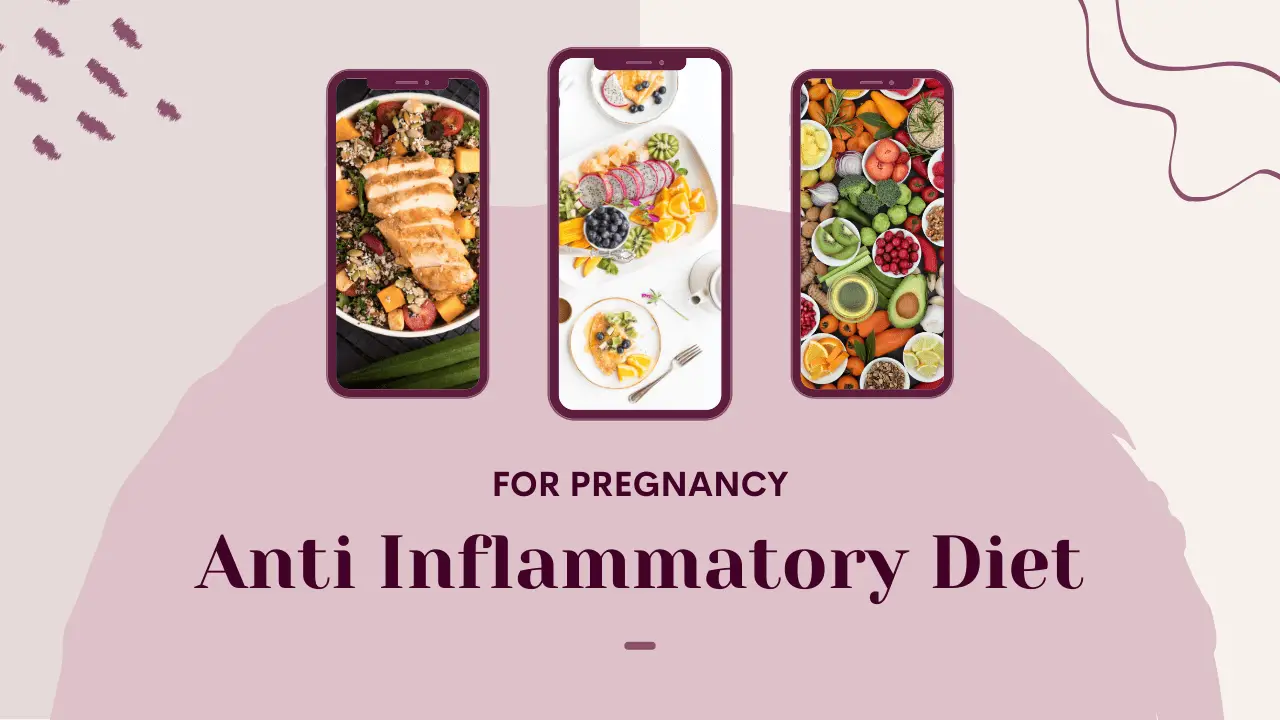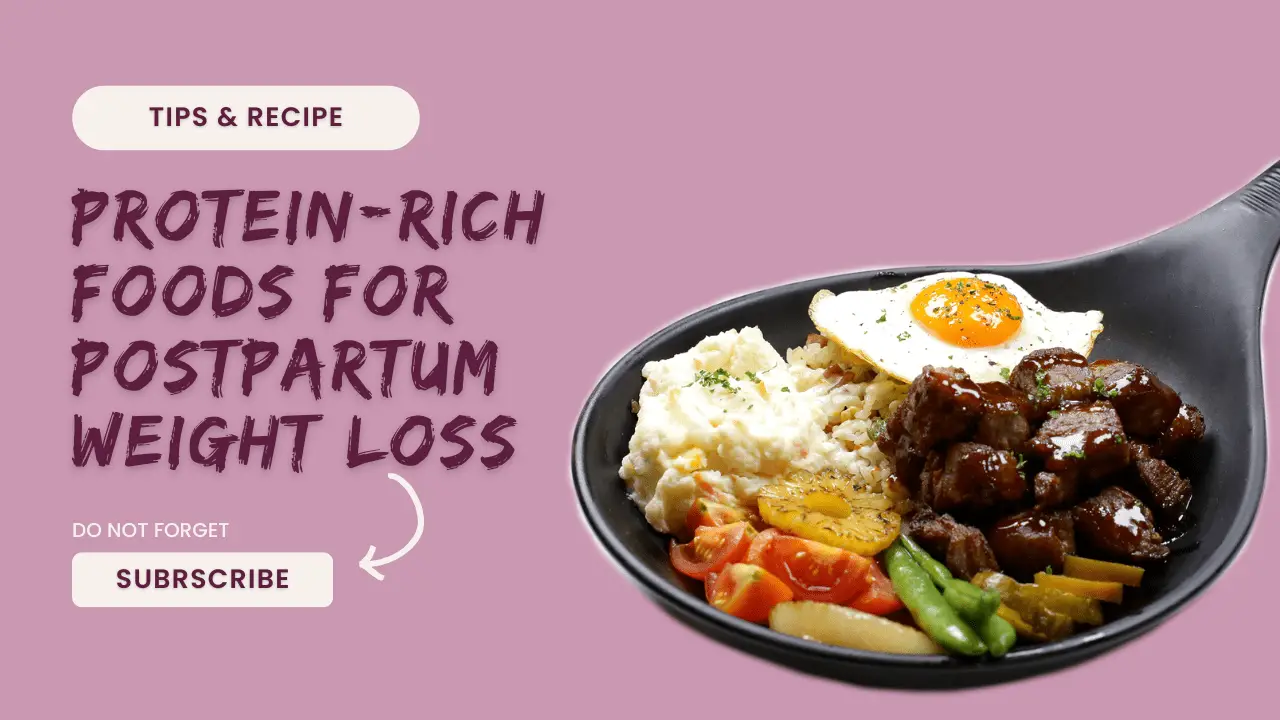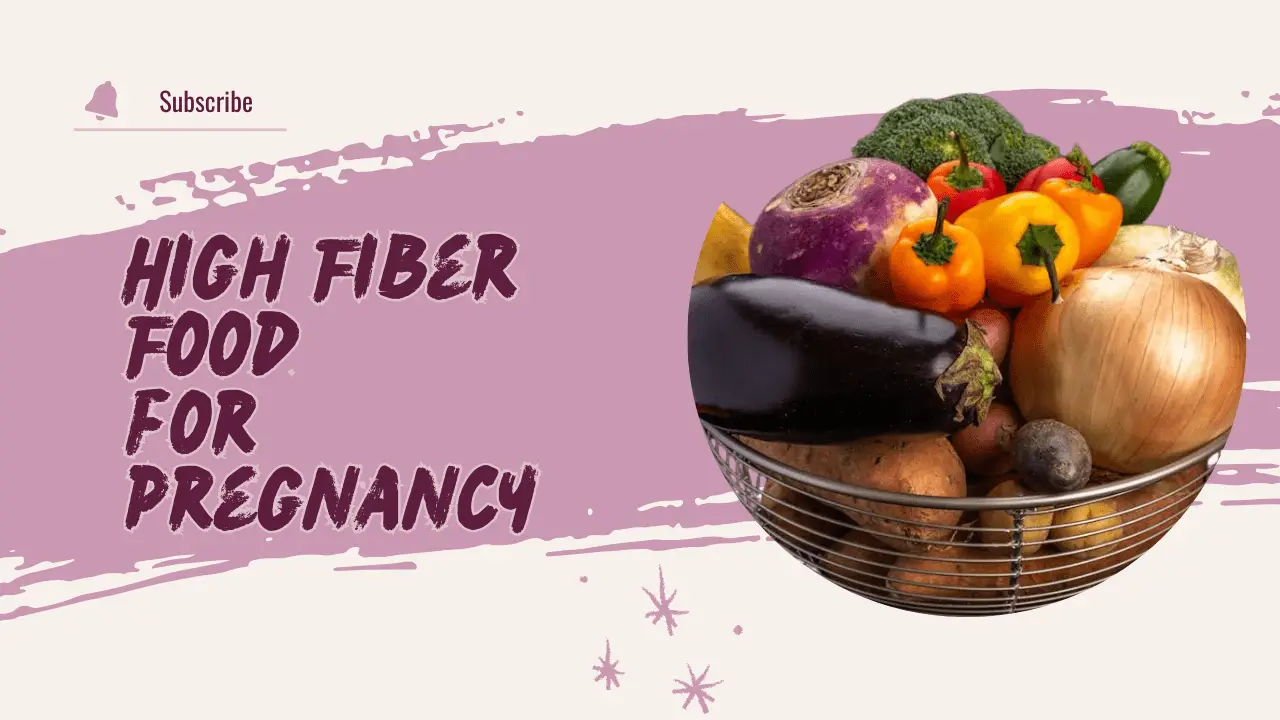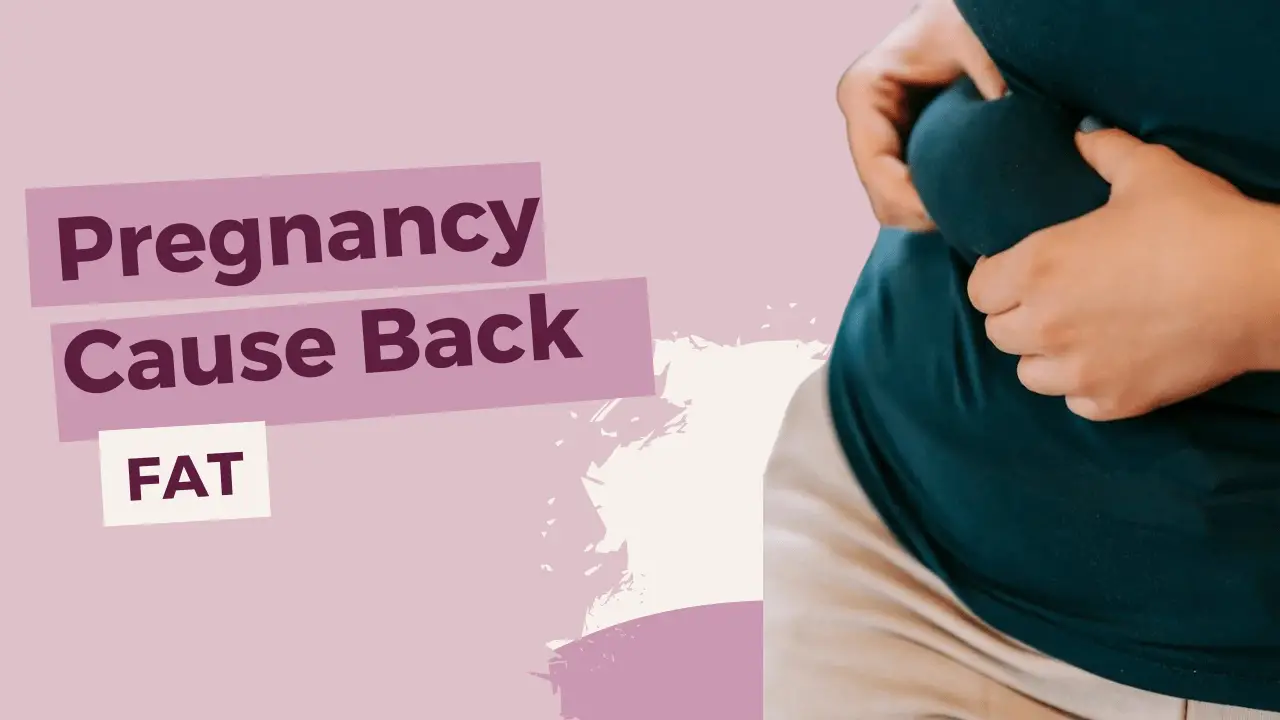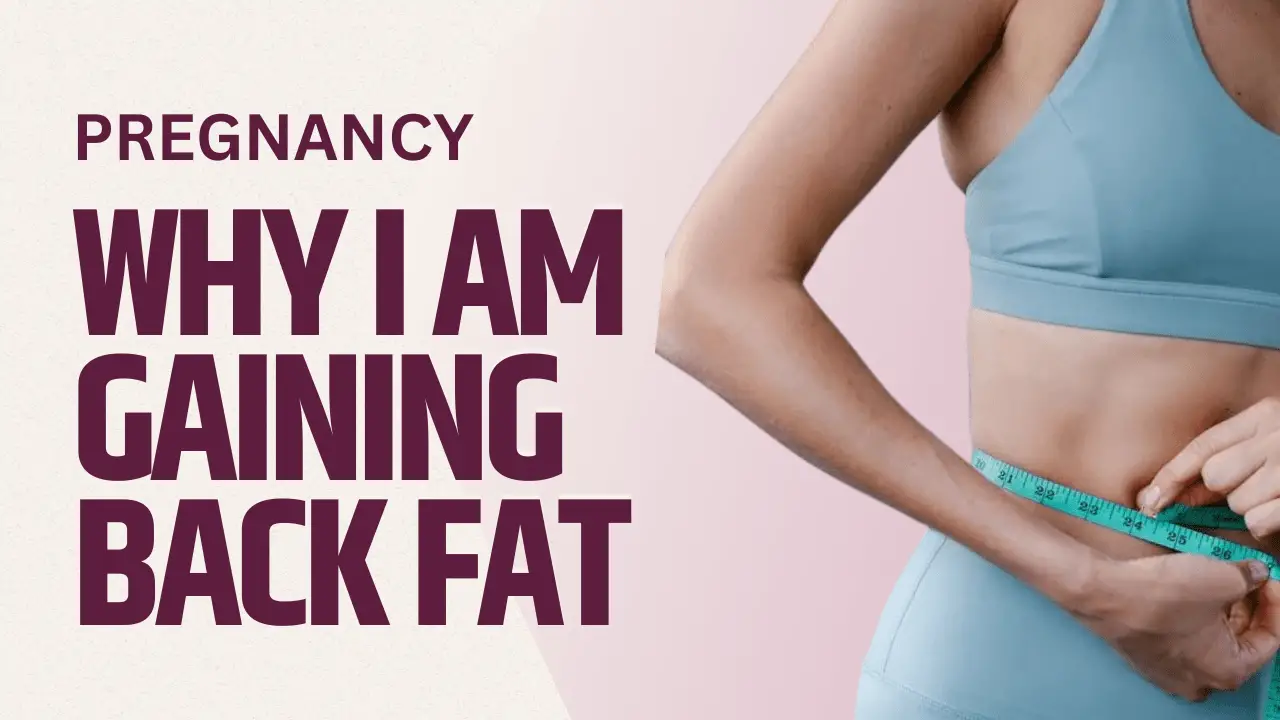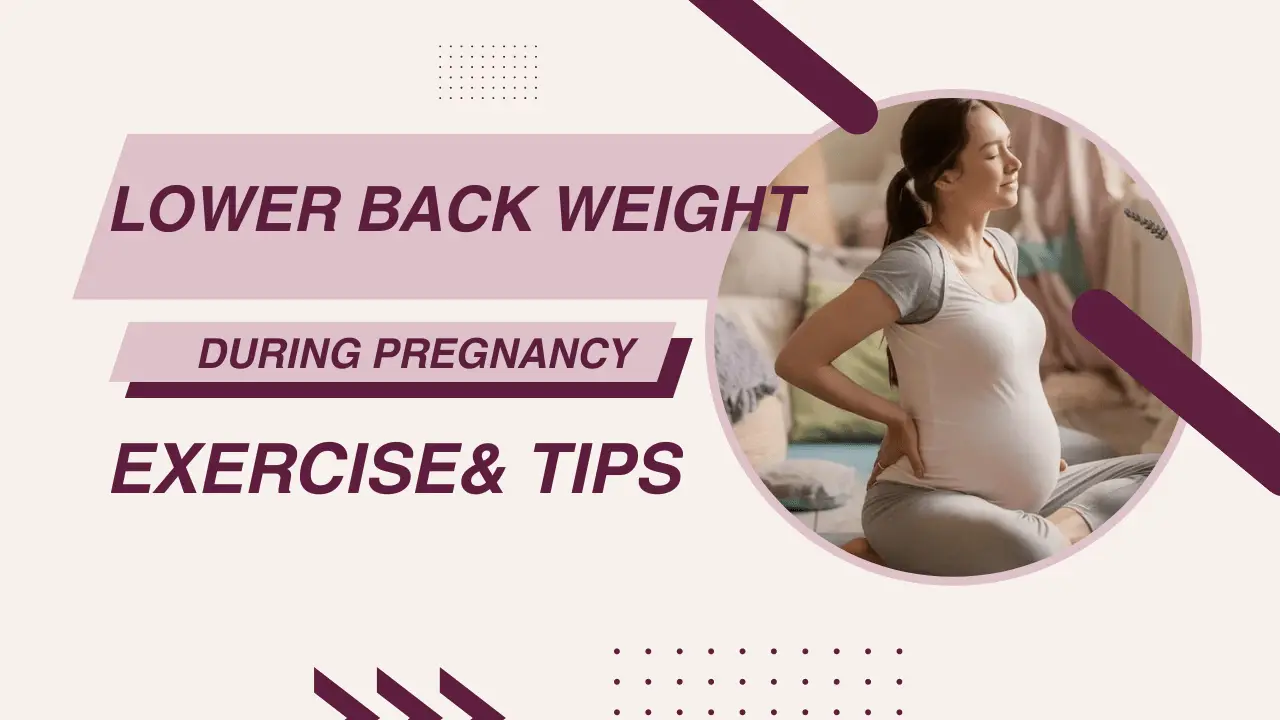How to Adjust Your Calorie Intake for a Pregnant Woman Based on Activity Level
Keeping the proper nutritional balance throughout pregnancy is important for the mother and the unborn child. Controlling your calorie consumption is one of the most important components of a successful pregnancy. Depending on how active she is, a pregnant woman’s calorie requirements can change dramatically. It’s important to know how to modify your calorie intake pregnant women according to your degree of activity so that you and your unborn child get the nutrition and energy you need. For a healthy pregnancy, it is crucial to adjust your calorie intake to correspond with your activity level, regardless of whether you live an active lifestyle or are sedentary. Caloric Needs Throughout Pregnancy: Understanding caloric needs is crucial for maintaining a healthy pregnancy. During pregnancy, a woman’s body undergoes significant changes that increase its energy requirements. The total calorie intake for a pregnant woman varies depending on the trimester and her level of physical activity. First Trimester: During the first trimester, there is just a slight rise in the need for calories. The early phases of fetal growth can usually be supported with an extra 100–150 calories per day. It is more important to concentrate on a balanced diet that includes all the necessary nutrients during this period rather than drastically cutting calories. Second Trimester: It is advised to consume an extra 300–350 calories per day during this time, as calorie requirements rise more noticeably. This rise accompanies the fetus’s rapid growth as well as physiological changes in the mother, such as an increase in blood volume and uterine growth. Third Trimester: By the third trimester, the calorie requirement can rise to an additional 400-450 calories per day. The fetus is growing rapidly, and the mother’s body is preparing for labor and breastfeeding. It’s important to meet these increased calorie needs with nutrient-dense foods to ensure both the mother and baby remain healthy. Adjusting your calorie intake for a pregnant woman based on these needs can help manage weight gain and support overall pregnancy health. Calorie Intake for a Pregnant Woman Based on Activity Level: The calorie intake for a pregnant woman varies according to her activity level, which plays a crucial role in determining her daily energy requirements. Tailoring calorie intake to match activity levels helps support both maternal and fetal health effectively. Sedentary Activity Level: For women who engage in minimal physical activity, maintaining a moderate increase in calorie intake is essential. Typically, this involves an additional 200-250 calories per day during the second trimester and 300-350 calories per day during the third trimester. These extra calories should come from nutrient-dense foods, such as fruits, vegetables, lean proteins, and whole grains, to ensure that both the mother and baby receive adequate nutrition without excessive weight gain. Moderately Active: Women with a moderately active lifestyle, which includes light exercise or regular walking, generally require a slightly higher calorie intake. An increase of 250-300 calories per day in the second trimester and 350-400 calories per day in the third trimester is recommended. This ensures that the additional energy supports the mother’s increased activity level and the baby’s growth. Emphasis should be placed on incorporating a balanced mix of carbohydrates, proteins, and fats. Highly Active: Calorie requirements are significantly higher for individuals who are very active, such as those who work physically demanding occupations or participate in intense exercise. It may be necessary to consume an extra 400–450 calories per day in the third trimester and an additional 300–350 calories per day in the second trimester. Eating nutrient-dense, high-quality foods to meet these increased calorie requirements supports the development of the fetus as well as the mother’s energy needs. In order to sustain general health and energy levels, it’s critical to concentrate on foods high in protein, healthy fats, and complex carbohydrates. Adjusting the calorie intake for a pregnant woman based on her activity level helps manage energy balance, supports a healthy weight gain, and ensures optimal fetal growth and development. Healthy Eating Tips: Maintaining a balanced diet is crucial during pregnancy, not only for managing weight but also for supporting both maternal and fetal health. Here are some essential healthy eating tips that align with managing the calorie intake for a pregnant woman. Prioritize Nutrient-Dense Foods: Focus on foods rich in essential nutrients, such as vitamins, minerals, and protein. Opt for fruits, vegetables, lean meats, whole grains, and legumes. These foods provide the necessary nutrients and energy without excess calories, helping to meet the calorie intake for a pregnant woman while promoting overall health. Balance Macronutrients: Ensure a balanced intake of carbohydrates, proteins, and fats. Carbohydrates provide energy, proteins support fetal growth and repair, and healthy fats are crucial for brain development. Incorporate sources like whole grains, nuts, seeds, and avocados to meet these needs. Monitor Portion Sizes: Pay attention to portion sizes to avoid overeating while still meeting increased calorie requirements. Using smaller plates and bowls can help manage portion control, and eating smaller, frequent meals can prevent excessive calorie consumption. Hydrate Well: Drinking plenty of water is essential during pregnancy. Proper hydration supports digestion, helps in maintaining amniotic fluid levels, and can reduce feelings of hunger that might lead to overeating. Limit Processed Foods and Sugars: While it’s important to meet calorie needs, focusing on nutrient-dense rather than calorie-dense foods is key. Minimize the intake of processed foods and added sugars, which can lead to excessive weight gain and inadequate nutrient intake. By following these healthy eating tips and managing the calorie intake for a pregnant woman effectively, you can support a healthy pregnancy and promote the well-being of both mother and baby. Adjusting Your Diet: Adapting your diet to meet the evolving needs of pregnancy is essential for ensuring both maternal and fetal health. Adjusting your diet involves aligning your nutritional intake with your changing caloric needs, which vary throughout pregnancy based on activity levels and trimester-specific requirements. **1. Tailor Caloric Intake: As your pregnancy progresses, your calorie needs will increase, particularly in the second and third trimesters. Adjust … Read more


